This post may contain affiliate links. Please read our disclosure policy.
This small loaf French bread recipe makes a single loaf with a crisp, golden crust and a soft, airy interior. It’s simple to make and perfectly sized for smaller households, giving you fresh, bakery-quality bread without the extra leftovers. Whether you’re an experienced baker or new to breadmaking, this recipe is approachable, reliable, and easy to customize.
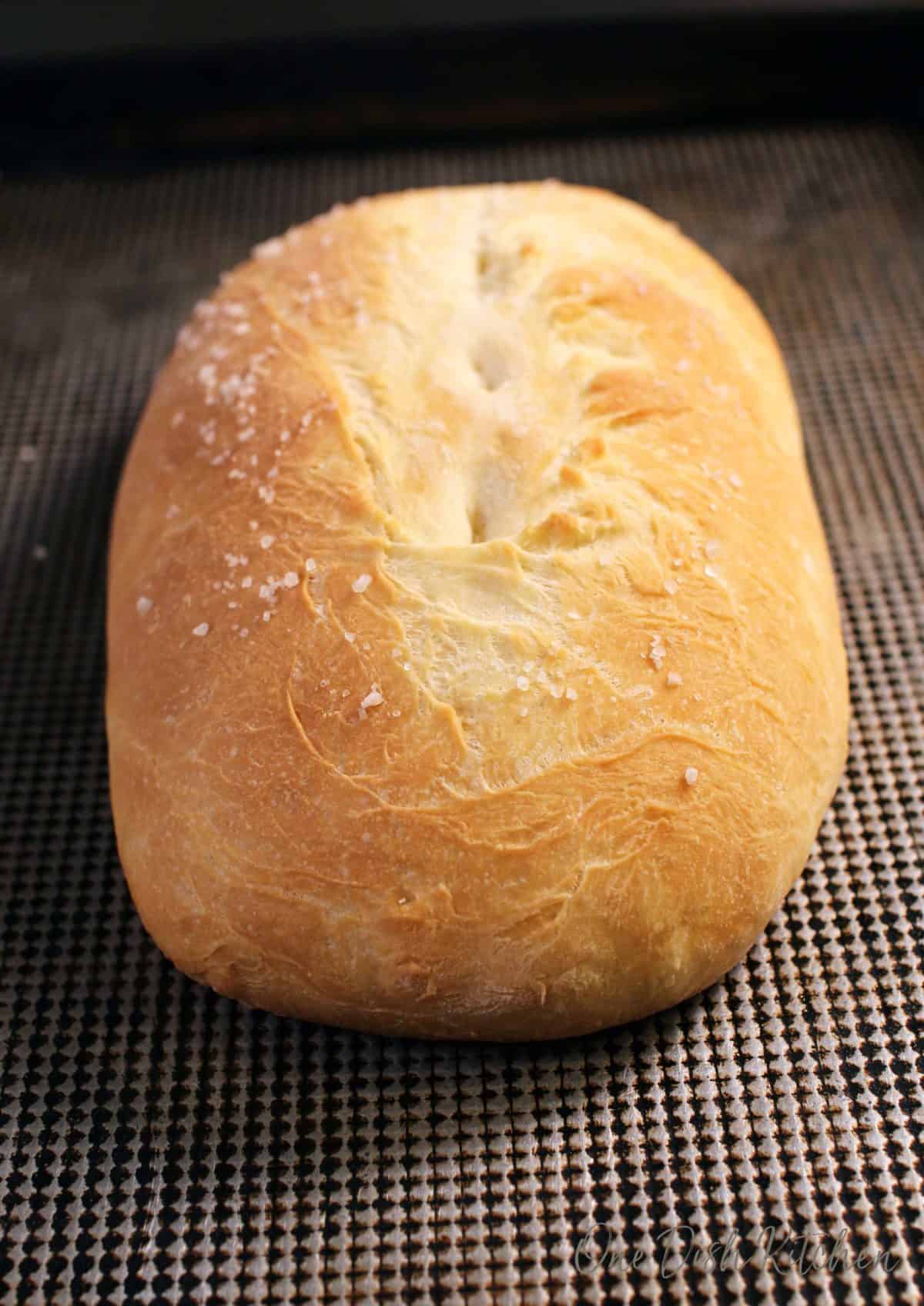
This homemade bread is incredibly versatile! It’s great for dipping into a bowl of French Onion Soup, pairing with Chili, Red Beans and Rice, or serving alongside a Pot Roast. Sometimes, simple is best—spread a little homemade jam on a slice and enjoy. No matter how you use it, this small loaf of French bread is always delicious!
Why You’ll Love This Recipe
- Simple to Make: Whether mixing by hand or with a stand mixer, this bread dough comes together easily.
- Versatile: This dough bakes beautifully in any shape you choose.
- Perfectly Portioned: Designed for smaller households, it makes just one small loaf of French bread—no excess bread to store.
- Customizable: Add ingredients like olives, walnuts, roasted garlic, or fresh herbs to suit your taste.
- Beginner-Friendly: This recipe makes breadmaking approachable and easy.
Developing this small batch French bread recipe has been a rewarding journey. While I’ve been baking French bread for years, scaling it down to create a smaller loaf came with its own set of challenges. Working with yeast can feel a bit daunting at first—getting the dough to rise properly can be tricky. That’s why this recipe is designed to be simple and approachable, giving you confidence at every step.
To make things even easier, I’ve included step-by-step photos to guide you. This recipe is reliable, easy to follow, and yields a delicious, small loaf of bread that I’m sure you’ll enjoy!

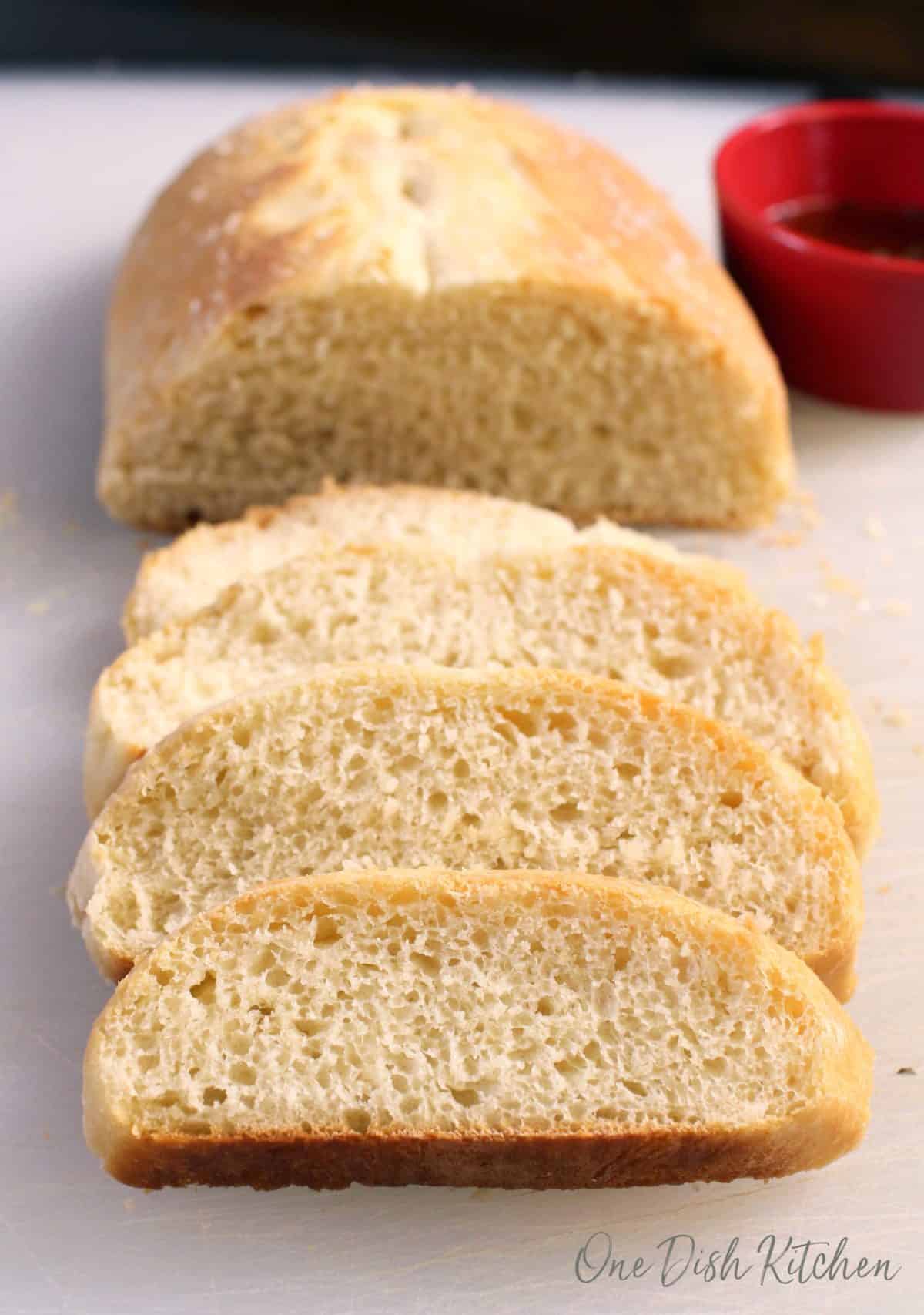
Ingredients
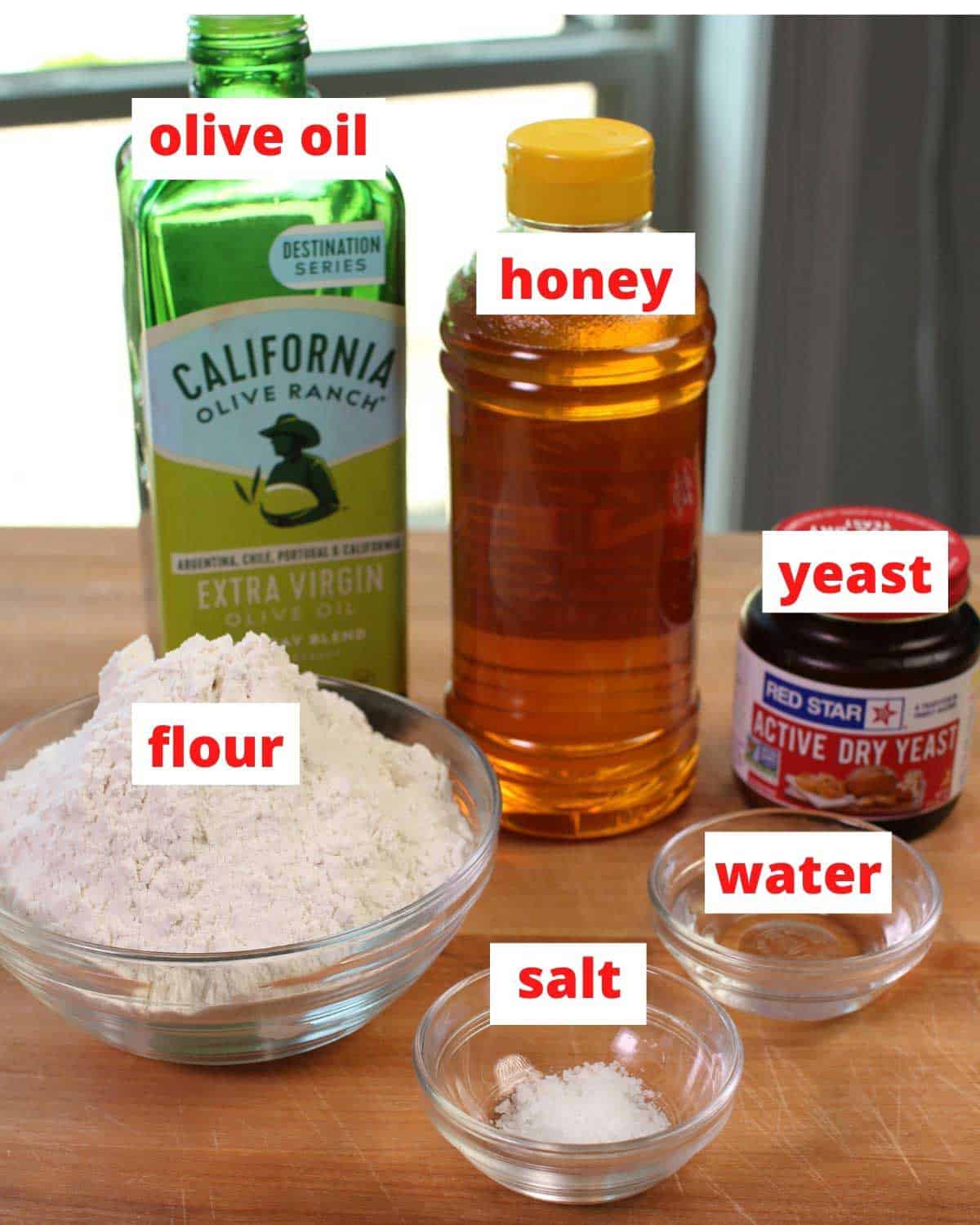
If you have any ingredients leftover from this small loaf bread recipe, check out our Leftover Ingredients Recipe Finder.
- Flour: You can use either all-purpose flour or bread flour in this recipe. All-purpose flour is versatile and works well, while bread flour’s higher protein content gives the dough more strength and results in a higher rise. Note that bread flour absorbs more liquid, which makes the dough slightly firmer.
- Water: Use warm water, between 90-100°F, to properly activate the yeast.
- Salt: Essential for flavor and to control the yeast. Without salt, the bread may rise too quickly and taste bland.
- Active Dry Yeast: This recipe calls for active dry yeast, which needs to be dissolved in water. Check that your yeast is fresh for the best results.
- Honey: Adds a subtle sweetness that enhances the bread’s flavor more effectively than granulated sugar.
- Olive Oil: Use extra virgin olive oil for its rich flavor and nutritional benefits. A lighter olive oil or vegetable oil can also work.
How To Make A Small Loaf Of French Bread
These step-by-step photos and instructions help you visualize how to make this small batch French bread recipe. See the recipe box below for ingredient amounts and full recipe instructions.
- Prepare the Dough
- Combine Ingredients: In a large mixing bowl, add flour, salt, honey, olive oil, and water. Sprinkle yeast over the water to dissolve. Mix using a stand mixer or by hand. If using a stand mixer, start with the paddle attachment until the dough begins to come together.
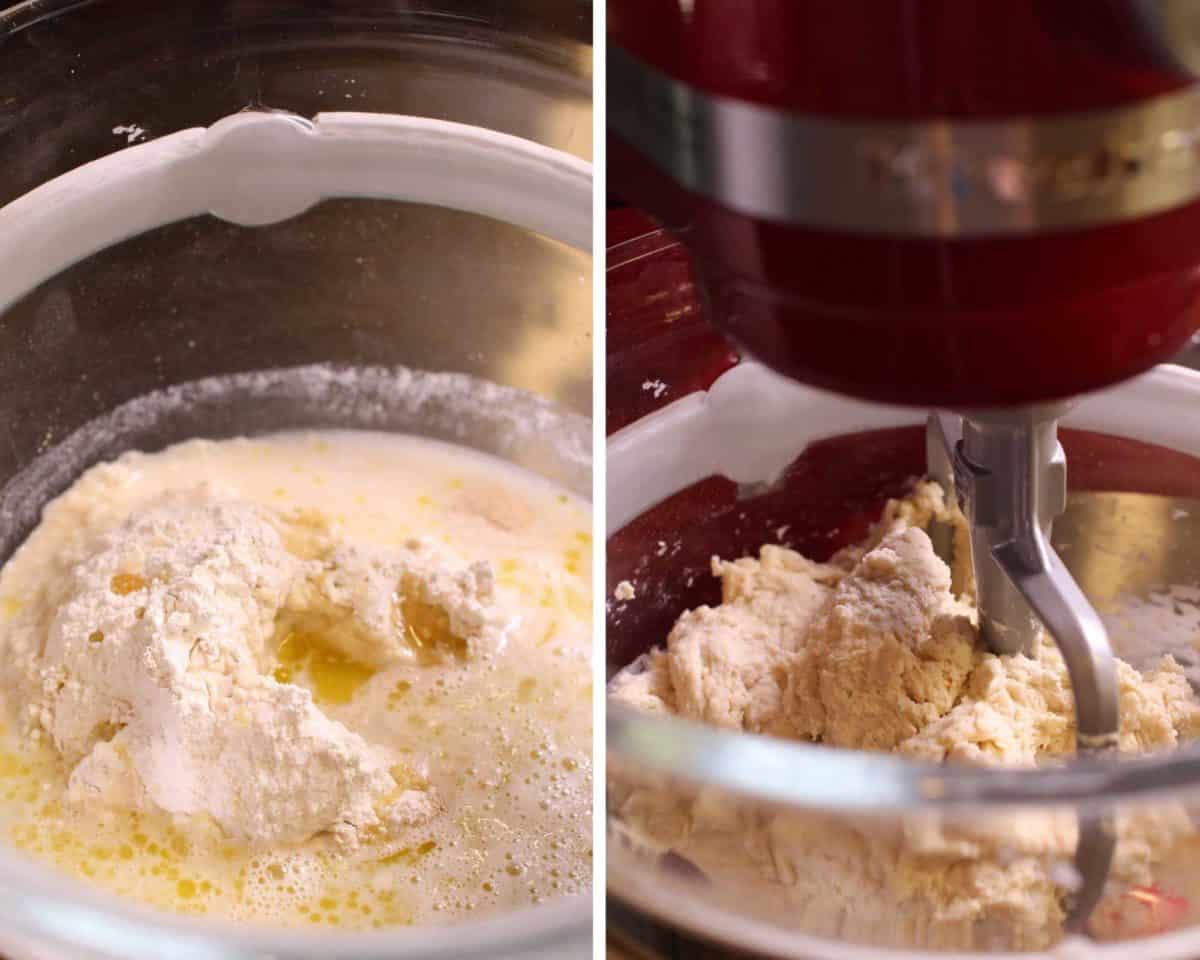
- Knead the Dough: Switch to the dough hook and knead for about 10 minutes, developing the gluten for elasticity. Avoid overmixing. To check readiness, perform the “windowpane test” by stretching a small piece of dough—if it forms a thin, translucent sheet without tearing, it’s ready. If it tears, knead a little longer.
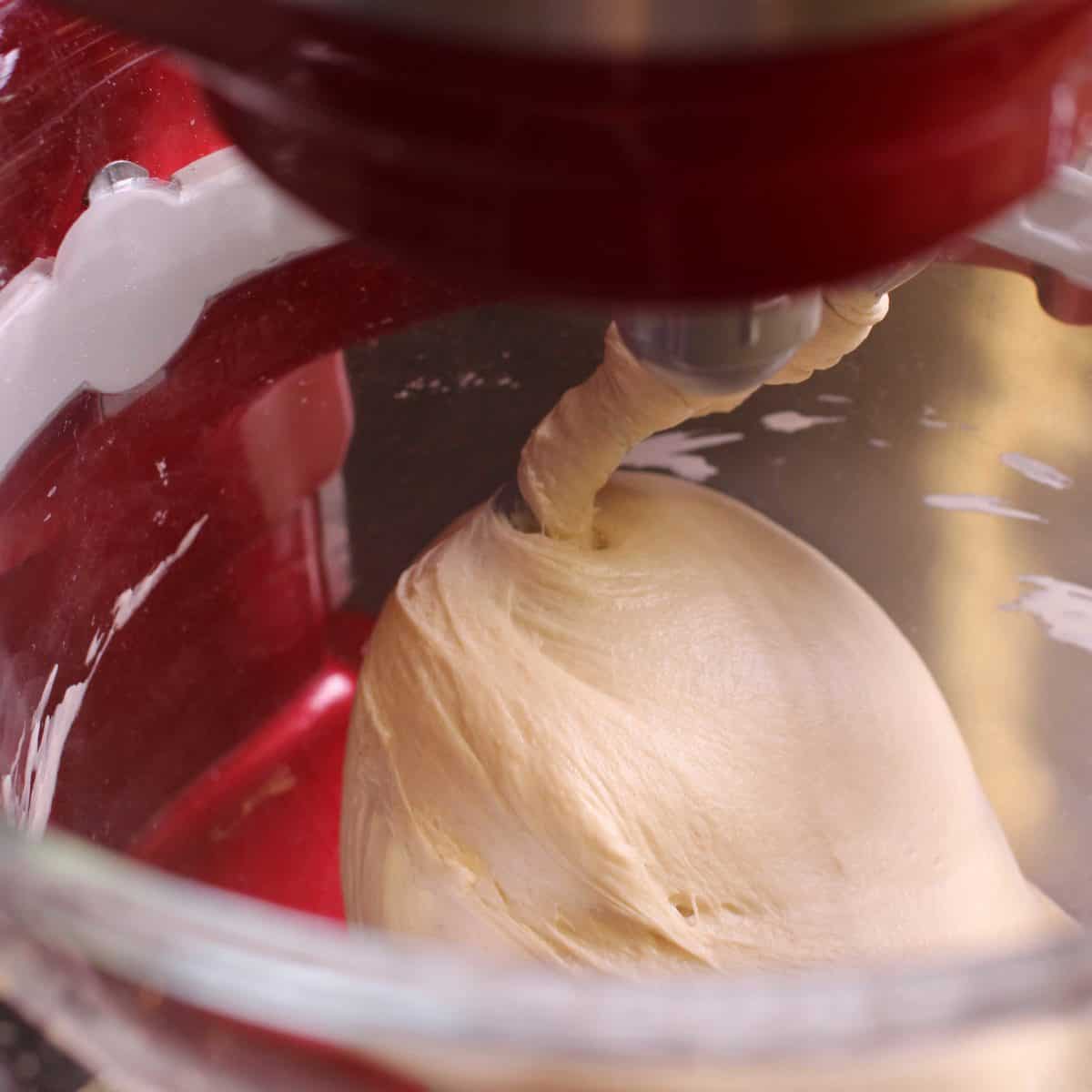
- First Rise
- Let the Dough Rise: Cover the bowl with plastic wrap and let the dough rise until it doubles in size, about 1 hour depending on room temperature. This step enhances flavor and texture.
- Check for Readiness: Lightly press a finger into the dough. If it resists slightly but doesn’t spring back, it’s ready. If it springs back, let it rise a bit longer.
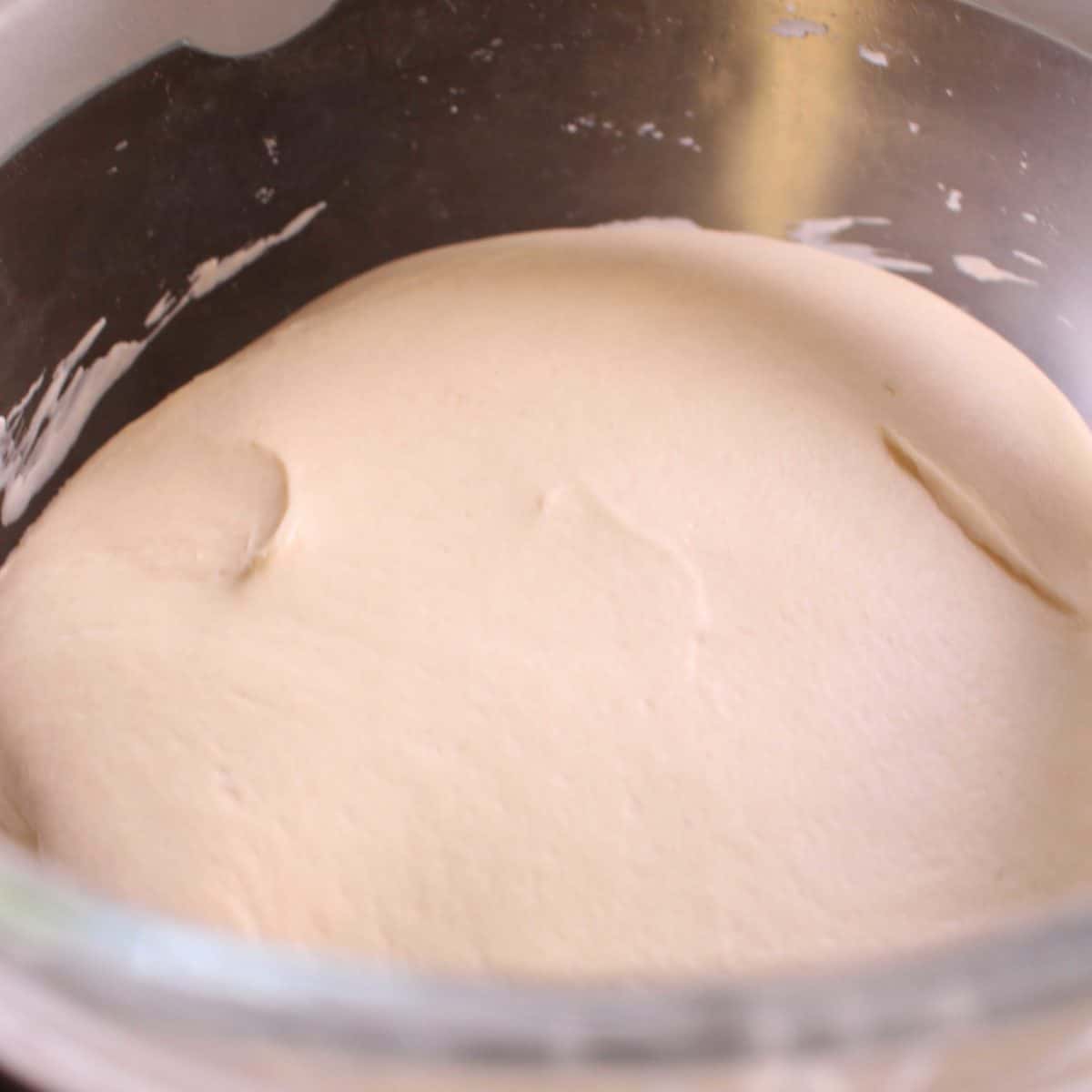
- Rest the Dough
- Knead and Rest: Turn the dough onto a lightly floured surface. Gently knead to release gas and redistribute the yeast. Cover with a dish towel and let it rest for 10-15 minutes.
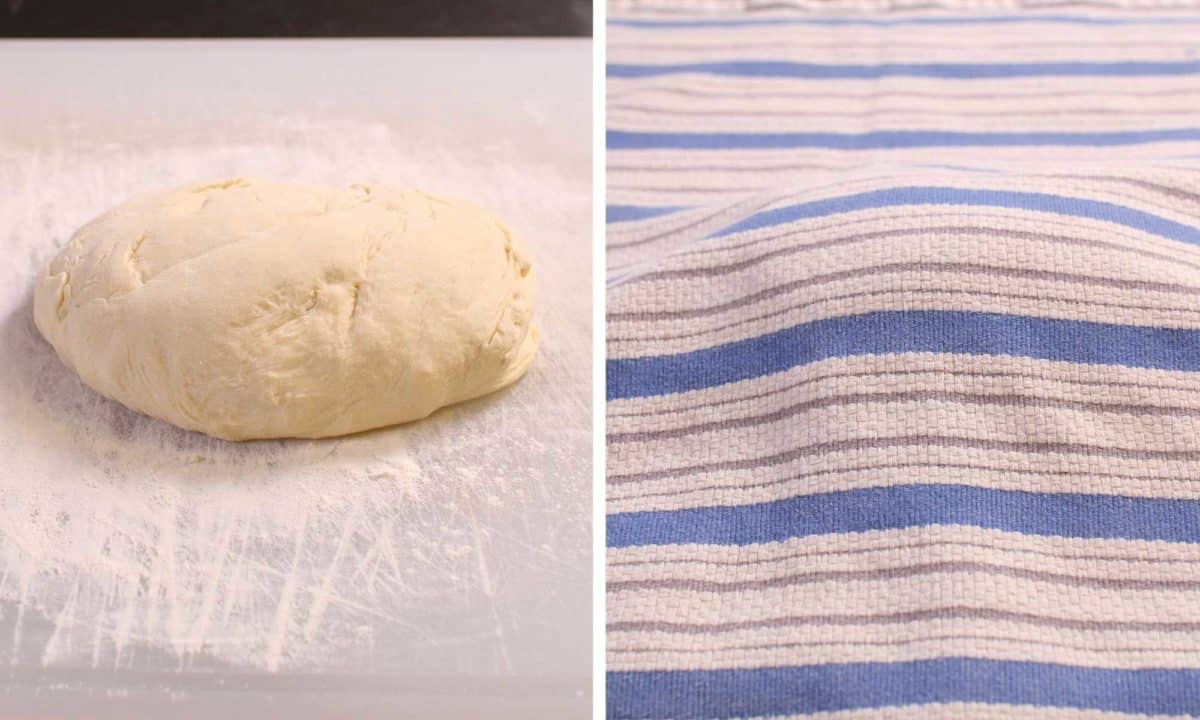
- Shape and Second Rise
- Shape the Dough: Shape into an oval or round loaf (boule). For a baguette, form a 6×3-inch rectangle. Place on a baking sheet, cover with a dish towel, and let it rise for about 1 hour.

- Bake the Bread
- Preheat and Score: Preheat the oven to 400°F (200°C). Use a sharp knife to make a slash across the top of the dough to control expansion during baking.
- Brush and Bake: Brush the top with olive oil and sprinkle with kosher salt. Bake for 18-20 minutes, or until the crust is golden brown.

This recipe is my favorite for making a quick, delicious small loaf—just the right size for smaller households!
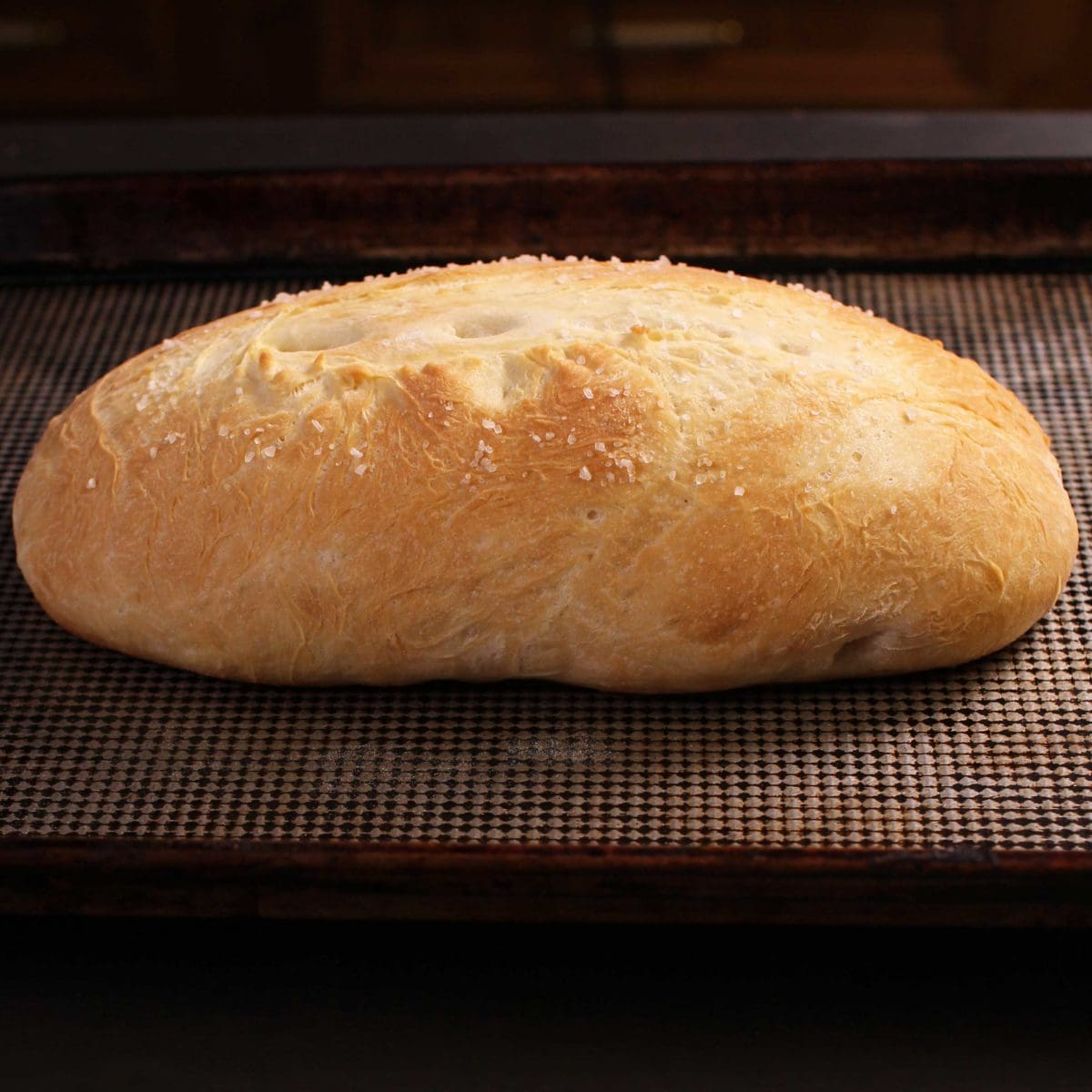
Expert Tips
- Using Yeast: This recipe uses active dry yeast, which needs to be dissolved in warm water. If using instant yeast, mix it directly with the other ingredients—no need to dissolve it first.
- Sticky Dough: If the dough feels sticky, sprinkle a little flour on your hands and the surface. Add more flour gradually, one tablespoon at a time, until the dough is smooth and elastic.
- Dough Not Rising: If the dough isn’t rising, check the yeast and water temperature—warm water (not hot or cold) is key. If the room is too cool, let the dough rise in a slightly warm oven. Preheat for 1 minute, turn it off, and place the dough inside, or leave the oven light on for gentle warmth.
- Doughy Bread: Bread that’s doughy in the middle may need more baking time or a slightly higher oven temperature. Tap the bottom of the loaf—it should sound hollow and feel light when fully baked.
- Measuring Flour: For best results, weigh the flour (10 ounces or 285 grams). If you don’t have a scale, fluff the flour, spoon it into a dry measuring cup, and level it off with a knife.
Bread Dough Variations
This basic bread dough is versatile and easy to customize with flavorful add-ins. Here are two ideas to elevate your loaf:
- Olive-Walnut Bread: Mix in 1/8 cup of chopped kalamata olives and 1/8 cup of chopped walnuts during the dough mixing process. The olives add a tangy flavor and vibrant color, while the walnuts provide a nutty crunch. After baking, brush the loaf with melted butter mixed with 1/4 teaspoon of garlic salt for added flavor.
- Rosemary and Roasted Garlic Bread: Add 3-4 roasted garlic cloves (whole or chopped) and 1/2 tablespoon of chopped rosemary to the dough just before shaping for the second rise. To roast garlic, cut the top off a garlic head, drizzle with 1 tablespoon of olive oil, wrap in foil, and roast at 400°F for 30-35 minutes until tender.
Delicious Ways To Enjoy Your French Bread
This crusty French bread isn’t just for enjoying on its own—it’s versatile and can be used in many recipes. Pair it with Tortellini Soup or Chicken Stew, or simply dip it in olive oil for a quick snack. Here are some creative ways to use this bread:

Frequently Asked Questions
Yes! You can mix and knead the dough by hand. It will take about 15-20 minutes of kneading until the dough is smooth and elastic, but it’s completely doable.
Yes, you can use the same amount of instant yeast. There’s no need to dissolve it in water—just mix it directly with the dry ingredients.
If your dough isn’t rising, the yeast might be inactive, or the room may be too cold. Try placing the bowl in a slightly warm oven (preheated for 1 minute, then turned off) to help it along.
Store the bread in a resealable bag or wrapped in a kitchen towel at room temperature for up to 2 days. For longer storage, freeze it in an airtight bag for up to 3 months.
Yes, you can double the ingredients to make two loaves. Be sure to monitor the dough’s rising and kneading times, as they may vary slightly with the larger batch.
I haven’t tested this recipe in a bread machine, so adjustments may be needed. If you’d like to try, King Arthur Flour offers a helpful guide on adapting bread recipes for bread machines.
For this French bread recipe, I use the KitchenAid 6-quart stand mixer from our store page—it’s one of my favorites.
Ways To Use Leftover Ingredients
If you have any ingredients leftover from this recipe, check out our Leftover Ingredients Recipe Finder or you might like to consider using them in any of these single serving and small batch recipes:
If you’ve tried this small loaf French bread recipe or any recipe on One Dish Kitchen please let me know how you liked it by rating the recipe and telling me about it in the comment section below.
Also, if you take a picture please tag us on Instagram (@onedishkitchen) we’d love to see it!
Small Loaf French Bread
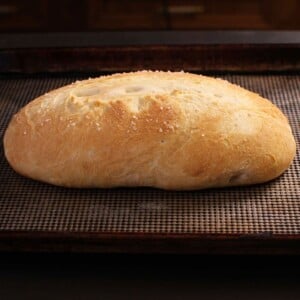
Watch How To Make This
Equipment
Ingredients
- 10 ounces all purpose flour or bread flour – (2 ¼ cups for a single loaf. If doubling the recipe, use 4 ½ cups)
- 1 teaspoon kosher salt -plus ½ teaspoon for sprinkling on top
- 1 tablespoon honey
- ½ tablespoon olive oil – plus 1 tablespoon for brushing over top.
- 6 fluid ounces warm water
- ½ teaspoon active dry yeast
Instructions
- Mix the Ingredients: In a large mixing bowl, combine flour, salt, honey, olive oil, and water. Sprinkle the yeast over the water to dissolve.
- Knead the Dough: If using a stand mixer, start with the paddle attachment and mix on medium speed until the dough begins to come together. Switch to the dough hook and knead on medium speed for about 10 minutes, until the dough is smooth and elastic.If kneading by hand, knead on a floured surface until the dough is smooth and stretchy.
- First Rise: Cover the bowl with plastic wrap and let the dough rise in a warm spot for about 1 hour, or until it doubles in size.
- Deflate and Rest: Turn the dough onto a floured surface and knead gently 4-5 times to release air and redistribute the yeast. Cover with a dish towel and let it rest for 10-15 minutes.
- Shape the Dough: Form the dough into a round boule, an oval, or a 6×3-inch rectangle for a baguette. For a baguette, seal the ends by pressing them down with the heel of your hand. Place the shaped dough on a baking sheet, cover with a dish towel, and let it rise for 1 hour.
- Preheat and Prepare: Preheat the oven to 400°F (200°C). Before baking, make a slash across the top of the loaf with a sharp knife. Brush with 1 tablespoon of olive oil and sprinkle ½ teaspoon of kosher salt on top.
- Bake: Bake for 18-20 minutes, or until the bread is golden brown.
- Serve: Slice and enjoy your freshly baked bread!
Notes
- Using Yeast: This recipe uses active dry yeast, which needs to be dissolved in warm water. If using instant yeast, mix it directly with the other ingredients—no need to dissolve it first.
- Sticky Dough: If the dough feels sticky, sprinkle a little flour on your hands and the surface. Add more flour gradually, one tablespoon at a time, until the dough is smooth and elastic.
- Dough Not Rising: If the dough isn’t rising, check the yeast and water temperature—warm water (not hot or cold) is key. If the room is too cool, let the dough rise in a slightly warm oven. Preheat for 1 minute, turn it off, and place the dough inside, or leave the oven light on for gentle warmth.
- Doughy Bread: Bread that’s doughy in the middle may need more baking time or a slightly higher oven temperature. Tap the bottom of the loaf—it should sound hollow and feel light when fully baked.
- Measuring Flour: For best results, weigh the flour (10 ounces or 285 grams). If you don’t have a scale, fluff the flour, spoon it into a dry measuring cup, and level it off with a knife.
- Combine Ingredients: In a large mixing bowl, stir the ingredients together with a spoon until combined.
- Transfer the Dough: Place the rough dough onto a lightly floured surface, like a counter or cutting board, and shape it into a ball.
- Start Kneading: Use the heel of your hand to gently push the dough away from you.
- Fold and Press: Lift the far edge of the dough, fold it toward you, and press down firmly.
- Add Flour as Needed: Sprinkle a little flour if the dough gets sticky, and continue folding and pressing for about 3 minutes until the dough begins to smooth out.
- Keep Kneading: Continue kneading for 15-20 minutes until the dough is smooth and elastic.
Nutrition
The information shown is an estimate provided by an online nutrition calculator. It should not be considered a substitute for a professional nutritionist’s advice.
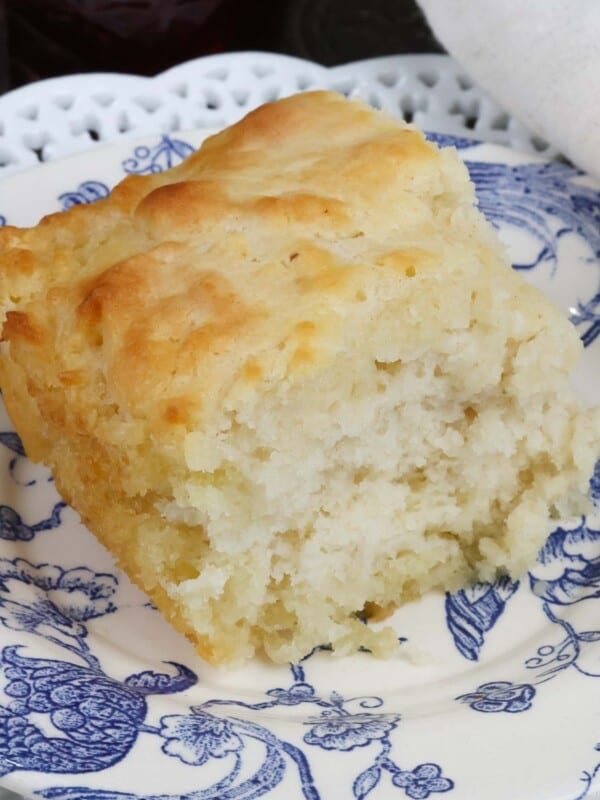
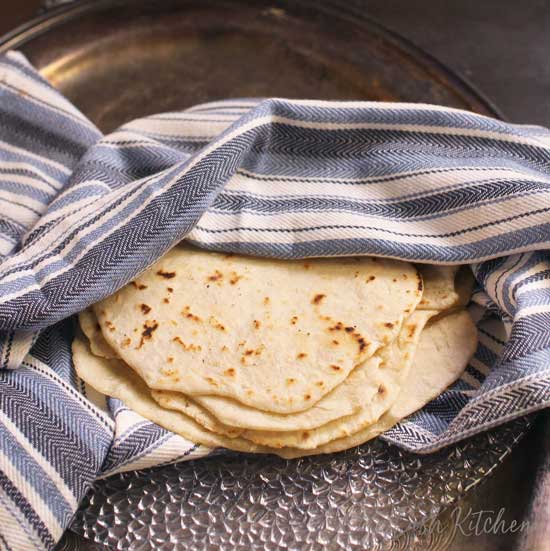

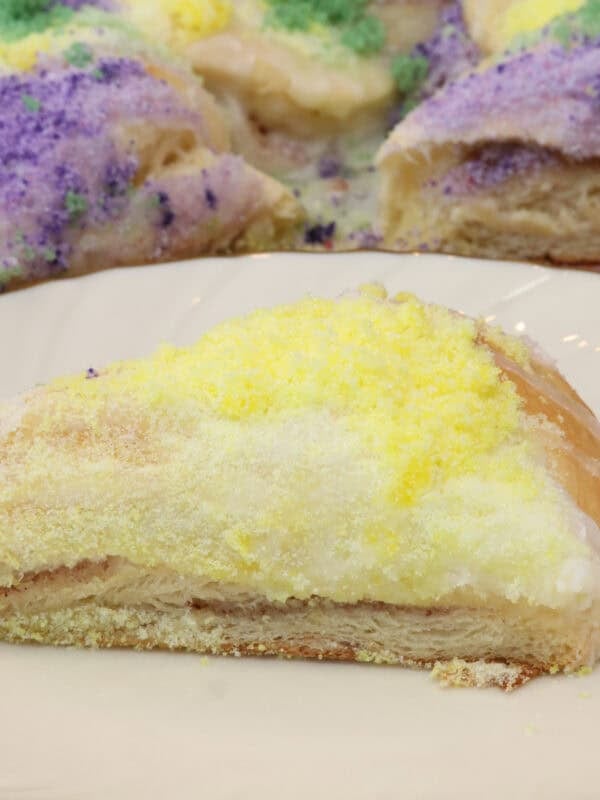
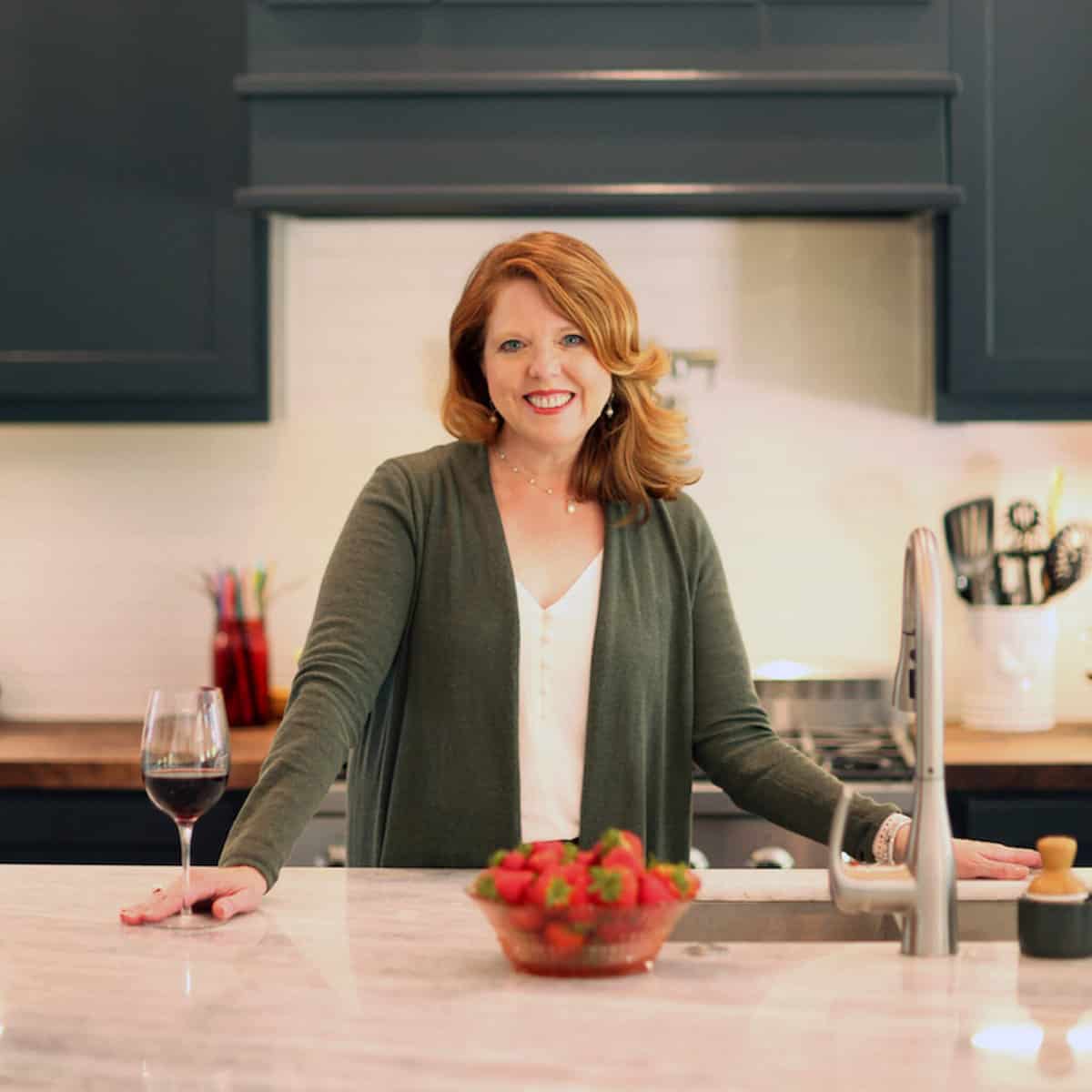
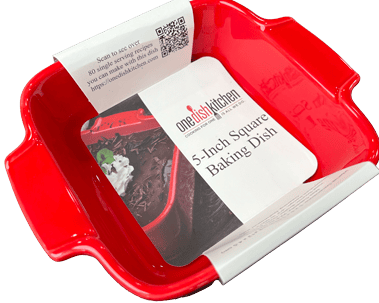








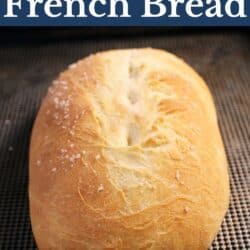
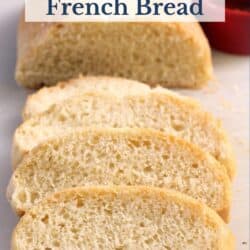
Absolutely lovely recipe my loaf came out ‘BLOOMING’ beautiful……….thank you for sharing! 🍞🧀🧈😋
I’m new to fresh bread and love your recipe here. One question though…. I’ll be using my Cuisinart food processor instead of manually kneading in the future. Can you please tell me how long to knead in the processor? Remember I’m new to homemade bread 🤤
Thank you
Thanks so much for trying out my French bread recipe. I’m thrilled to hear you’re diving into the world of homemade bread—there’s nothing quite like it!
I haven’t personally used a food processor for kneading this dough, but I understand the convenience of wanting to use one. While I can’t give you an exact time, you should generally aim for a smooth and elastic dough when using a food processor for kneading. You might find this article helpful: https://www.kitchenaid.com/pinch-of-help/countertop-appliances/how-to-knead-dough-in-a-food-processor.html
For an extra bit of guidance, I recommend referring to the step-by-step process photos included in the recipe post. Those should give you a good idea of what the dough should look like at each stage.
Please help clarify! For this small loaf recipe, is the 5″ Peugeot baking dish the right way to go or should I go up to the 6.5″ x 5″?
I love this recipe and make it all the time with different variations (last version was mushroom powder from dried mushrooms, sumac and half the water substituted with Jamaican Rum and brown sugar).
Thank you from Philadelphia!
Jeffrey aka Papa Cat
Hi there, thanks for your love of the recipe and those variations sound amazing! To clarify, this loaf is actually baked directly on a baking sheet, not in a dish or pan. So no need to worry about the size of the dish. Just place the shaped loaf on a baking sheet and you’re good to go!
Hope this clears things up!
Is it possible to leave the dough to rise overnight, maybe in fridge, to cook early next morning for breakfast? Delicious loaf!!
I’m so glad to hear you enjoyed the loaf! You can absolutely chill your dough, but there are some things to keep in mind.
You can opt to chill your dough during either the first or second rise. However, it’s not ideal to have both rises happen in the fridge. Yeast is a bit finicky and won’t be as active if it’s asked to do both rises in a cold environment. So, it’s best to let one of the rises happen at room temperature to give your yeast a good start.
If you’re planning to let the dough rise overnight, it’s a good idea to let the dough go through its first rise at room temperature before sticking it in the fridge. This allows the yeast to get a head start before you slow everything down by chilling it.
Make sure to cover your dough well before placing it in the fridge to prevent it from drying out. A piece of plastic wrap or a damp cloth should do the trick.
Lastly, if you notice that your dough hasn’t risen or puffed up at all while in the fridge, it might benefit from about an hour on the counter before you get to baking. This will give the yeast a little extra time to do its thing.
Well I did this, and can only say really great! Fresh bread with home made orange marmalade for breakfast ! So thank you….
May I also say that I’ve tried so many of your recipes ‘for one’, completely satisfies my love for cooking, eating and no waste! I can only say a very big ‘thank you’ x
So glad you enjoyed the bread and marmalade! Happy to hear the single serving recipes are working for you. Thanks for the kind words!
I’ve been making this weekly for over a month now! Delicious and soft with great flavor. I’m still working on shaping it without any wonky ends or folds but the taste is consistently perfect every time.
The bread loaf I made from your recipe was perfect, twice now! I especially like the way the olive oil and salt taste when spread on top before baking. Thank you for this terrific recipe.
I’m so happy you enjoyed the bread. Thank you so much for your feedback.
I make bread often and I’m always looking for new recipes. I tried this recipe last week and because it has been so hot in my area I decided to baked it in my 12 quart air fryer oven. I set it for bake temperature 360° for 16 minutes. It came out great. Hope this will help someone else enjoy this recipe.
Thanks for your feedback, Jan.
easy, delicious, crowd pleaser, great for any occasion
Can this bread easily be doubled to make 2 small loaves or one larger loaf? My husband really liked the small loaf I made and takes sandwiches to work daily so a larger or double loaf of this bread would be awesome for him.
Yes, the ingredients can be doubled to make either a larger loaf or 2 smaller loaves.
can you make the recipe up to a point and then freeze the dough so you can keep several batches of dough on hand in the freezer? just thaw, rise and bake?
Barbara, I’ve never frozen the bread dough so I can’t recommend doing it.
Fabulous recipe. Hubby and I love this bread . We eat this w butter and jelly. Delicious !